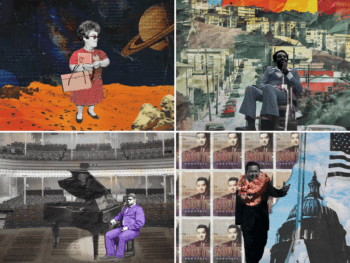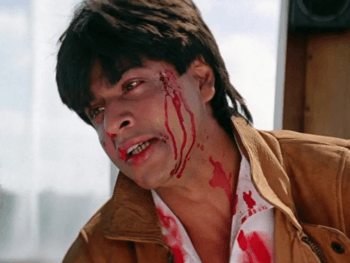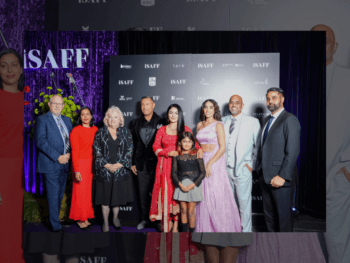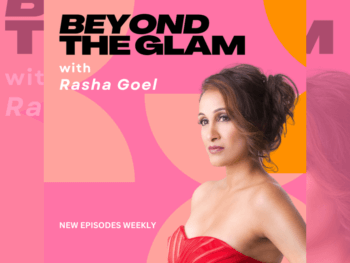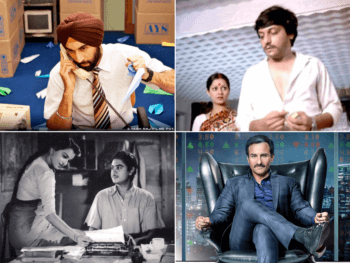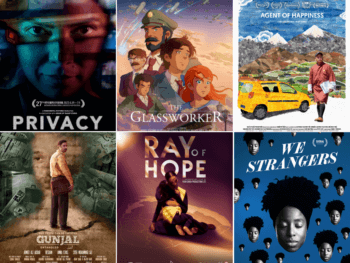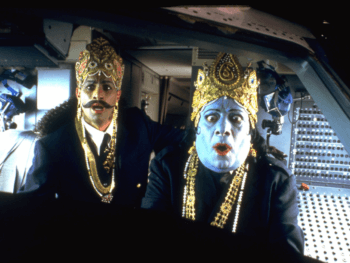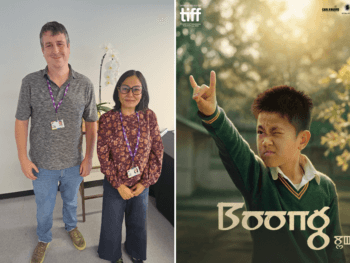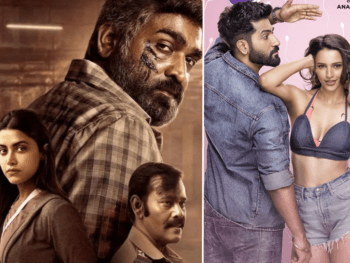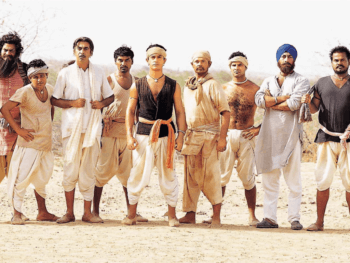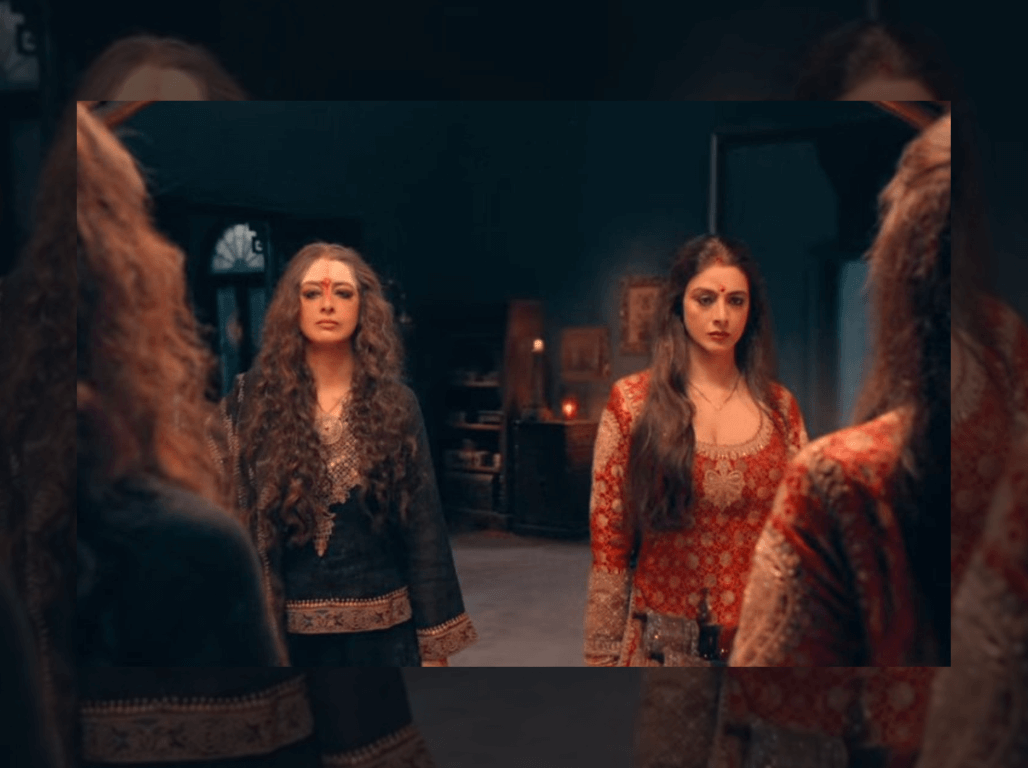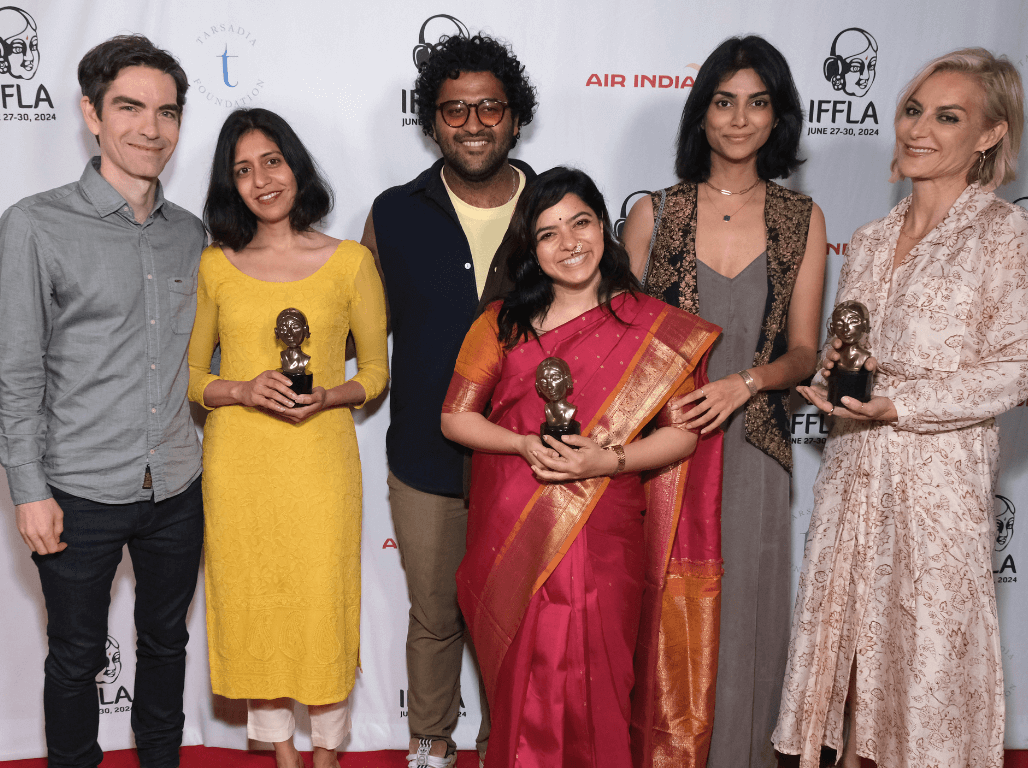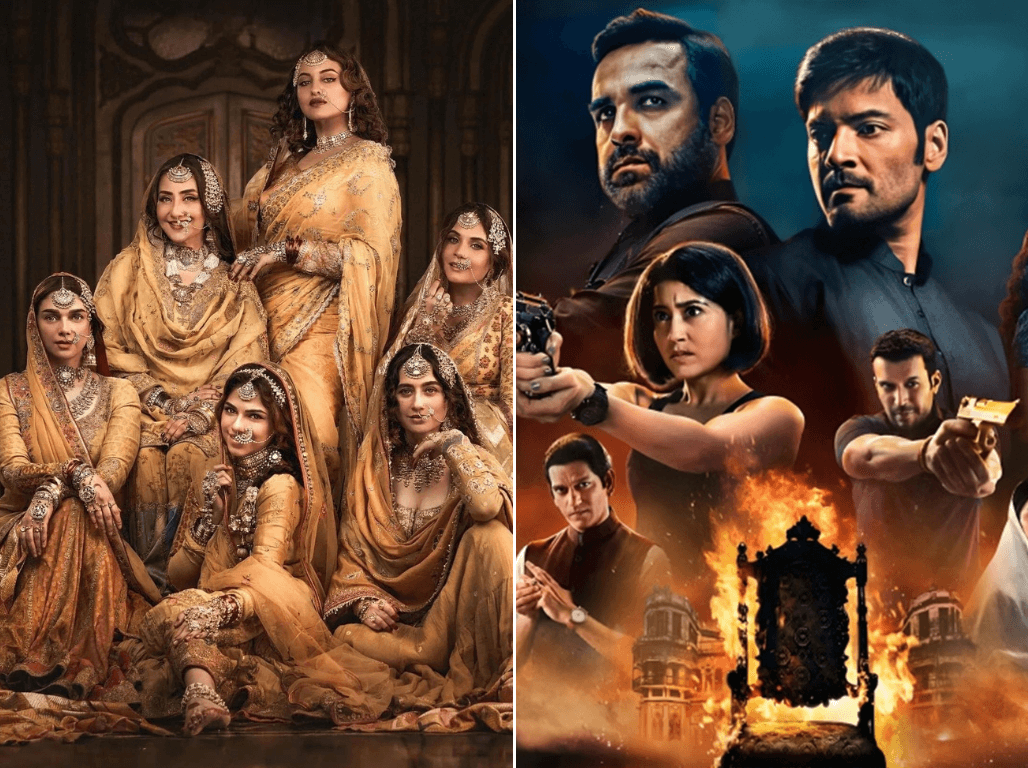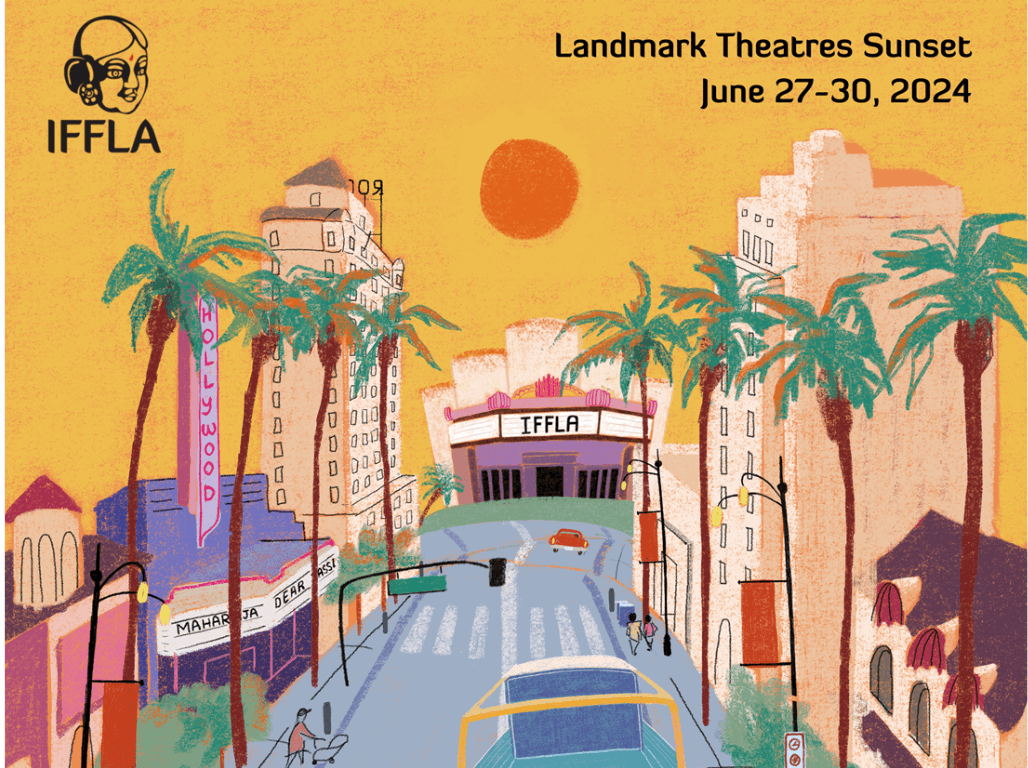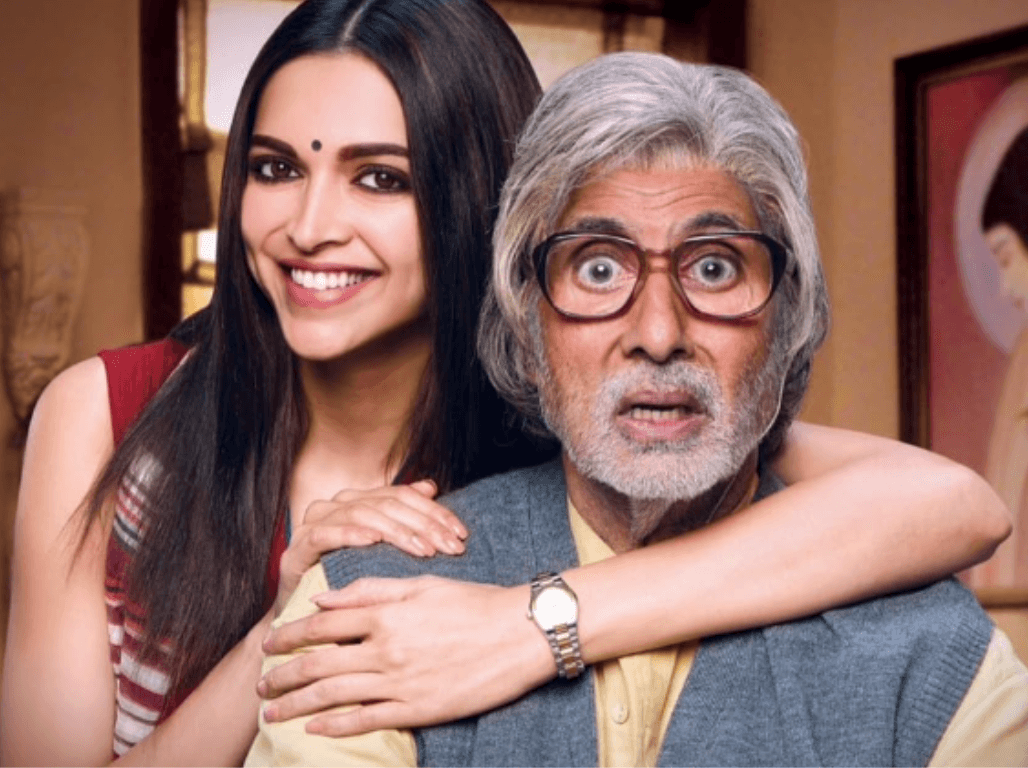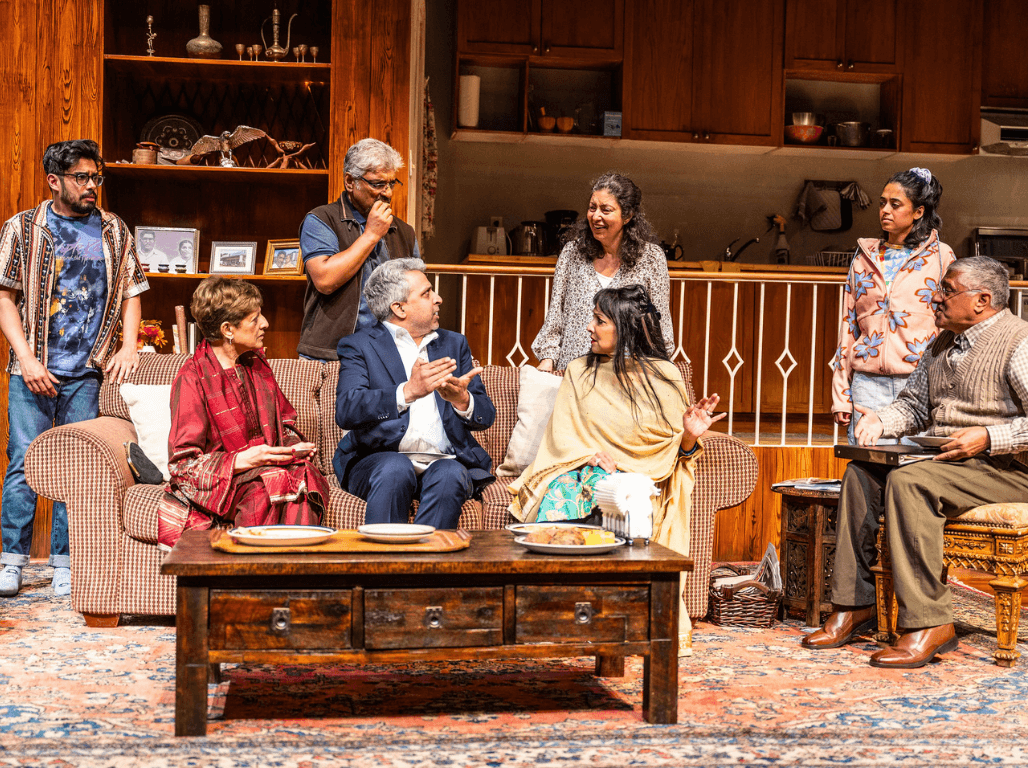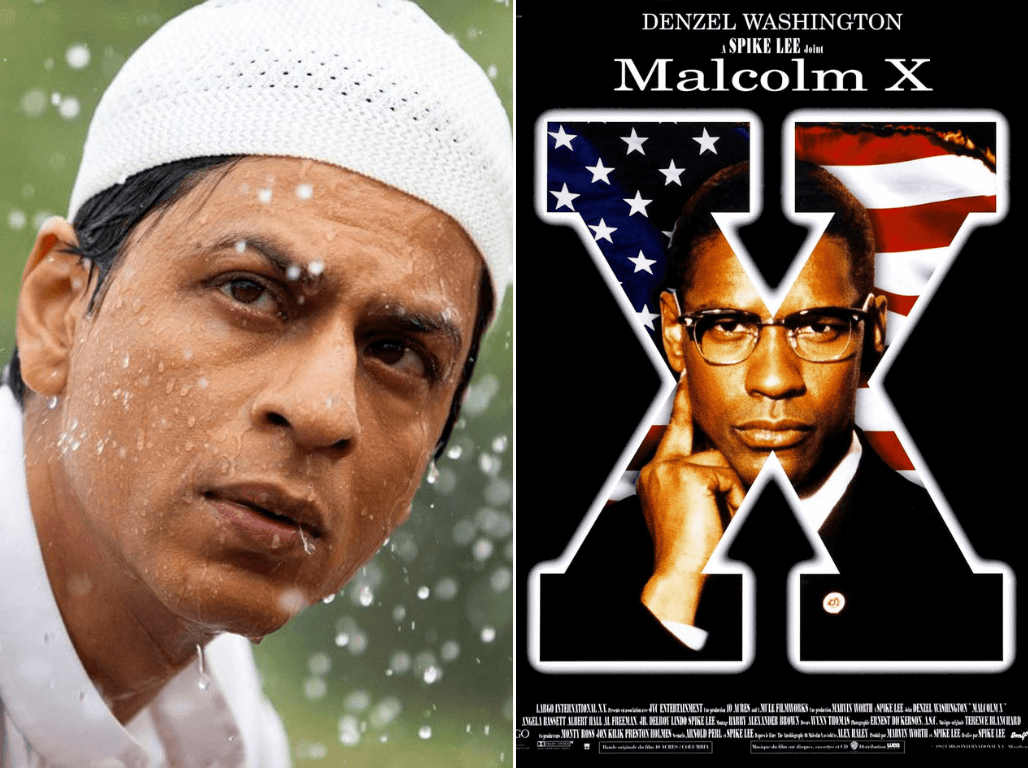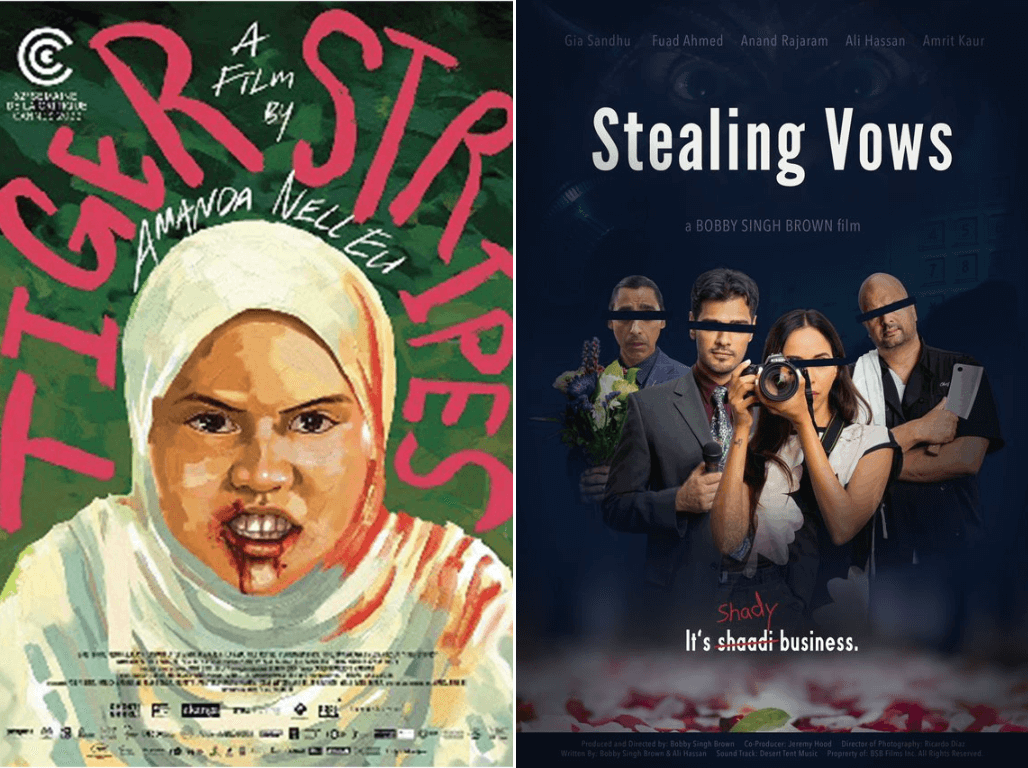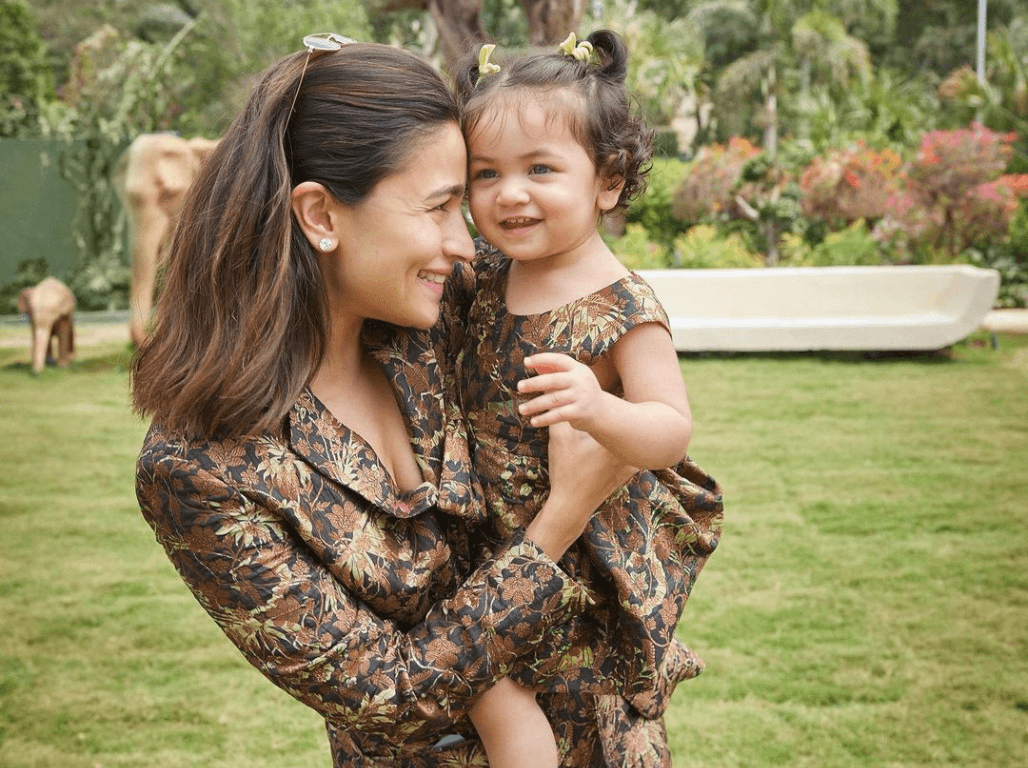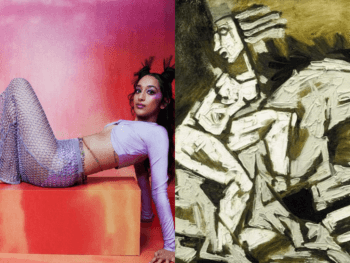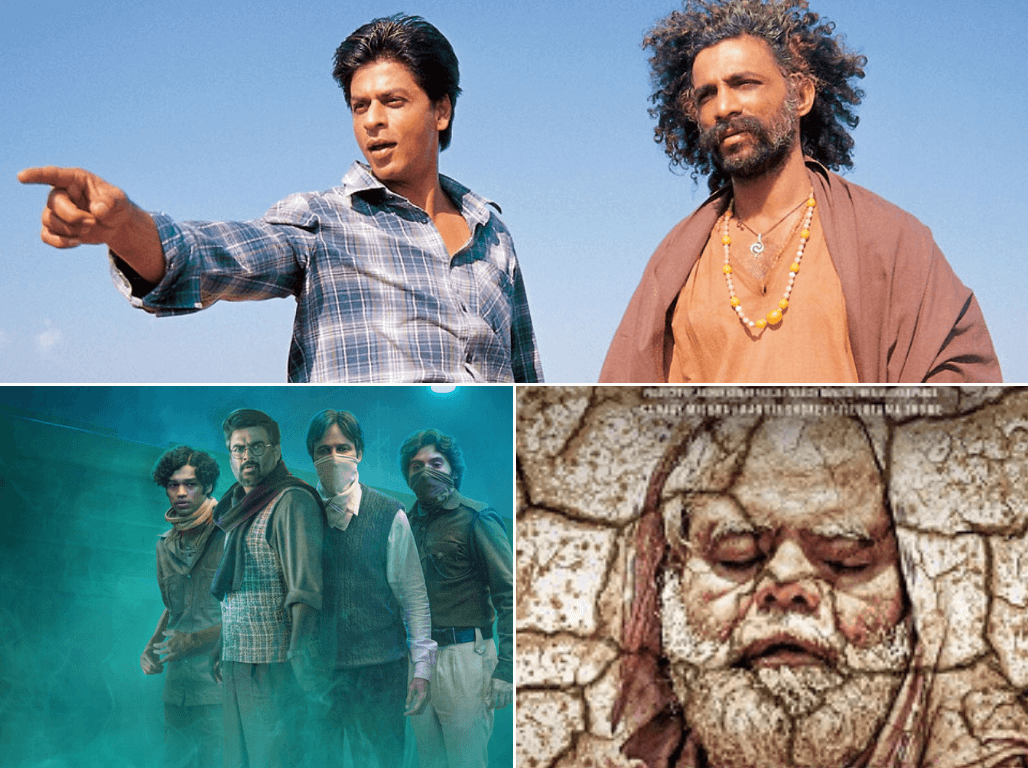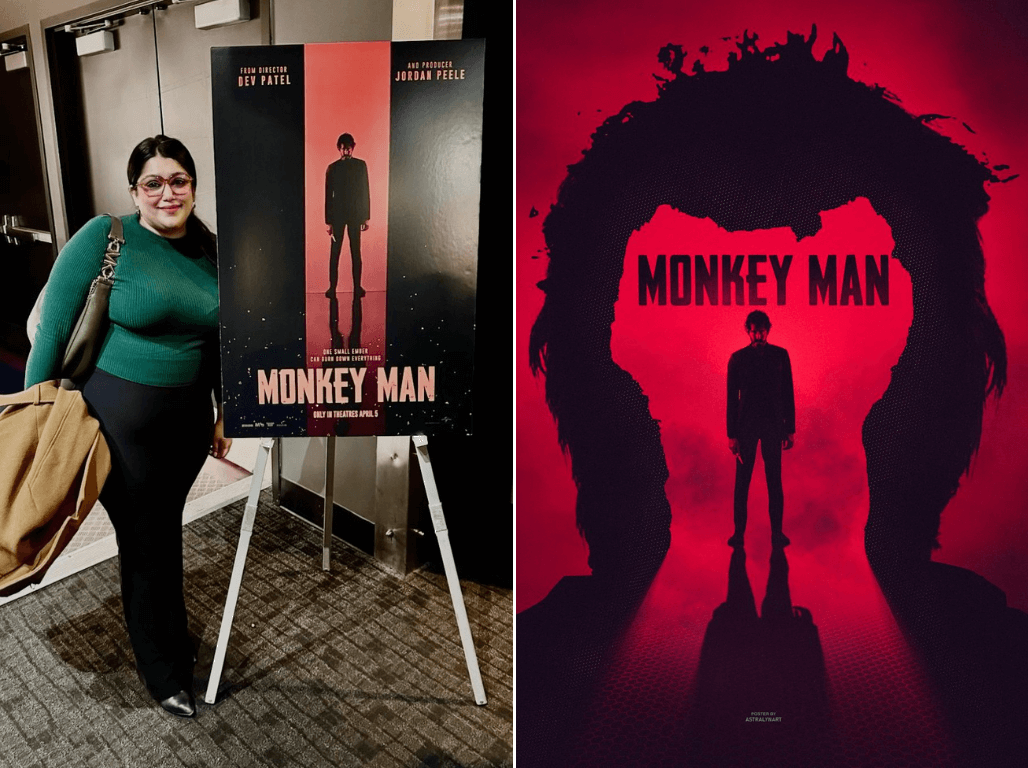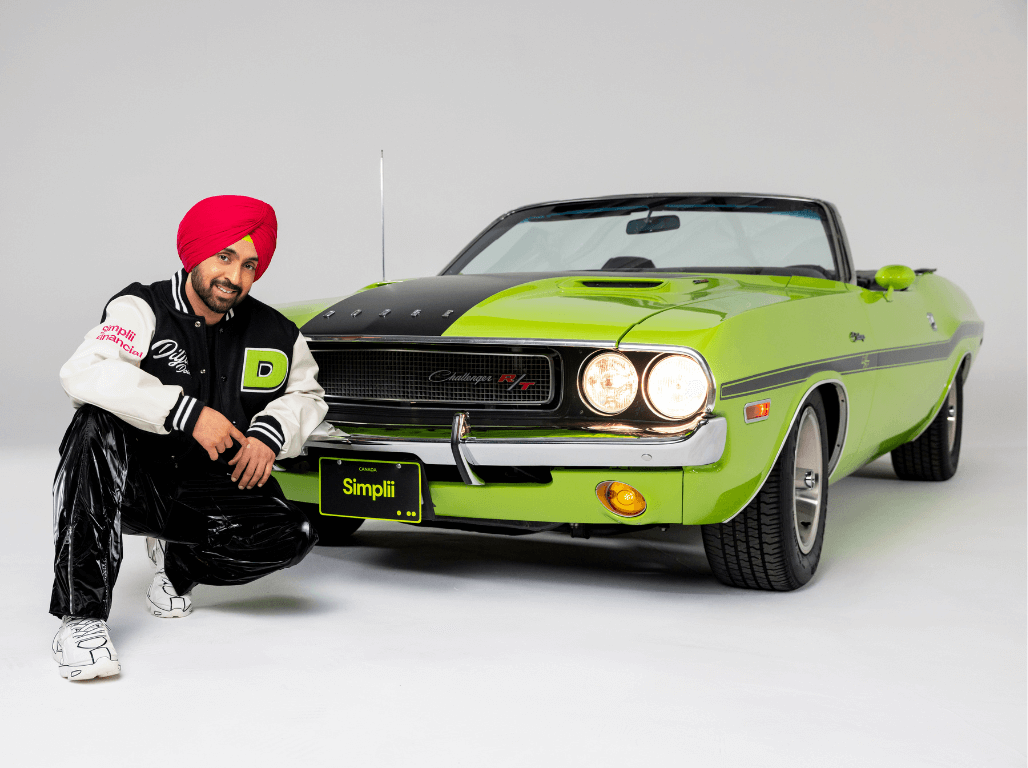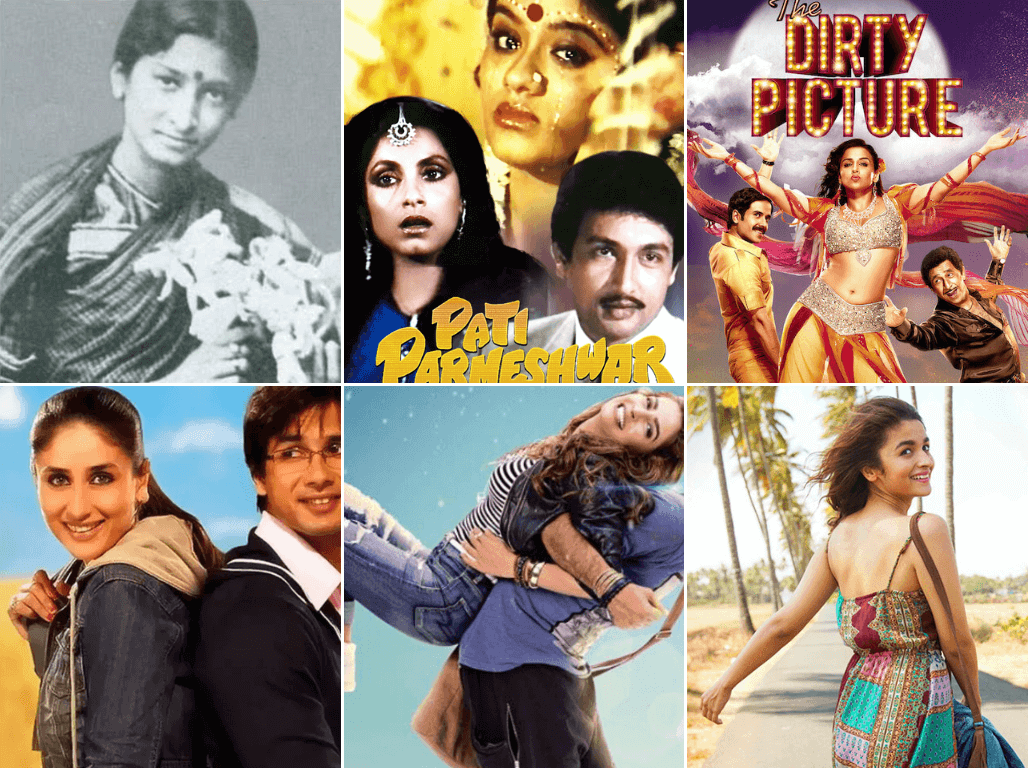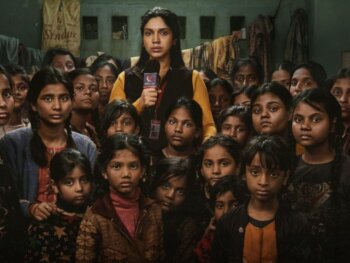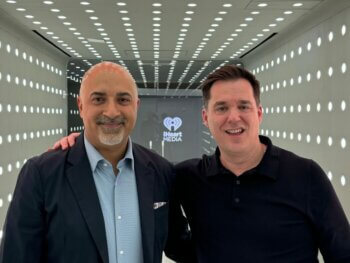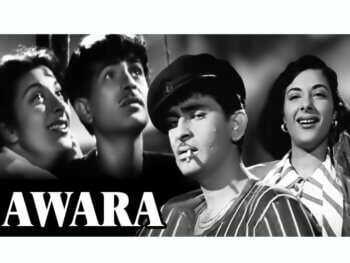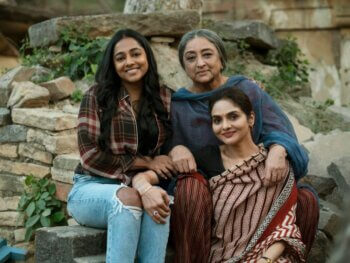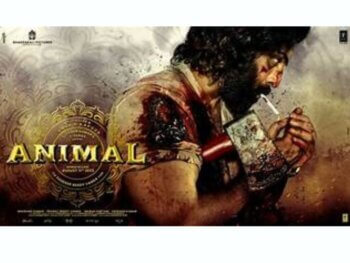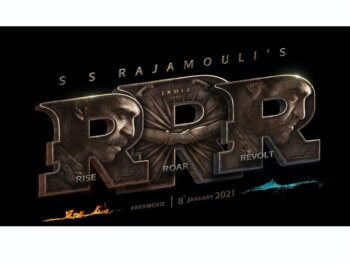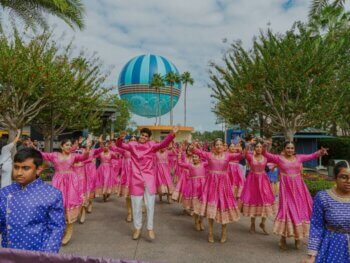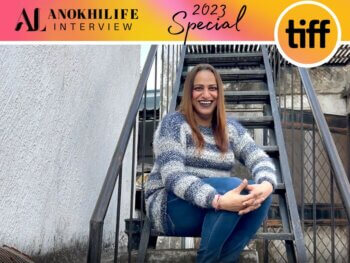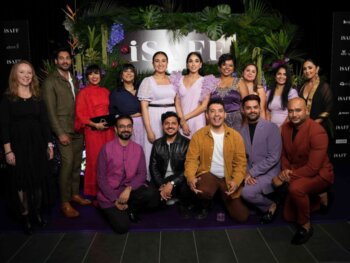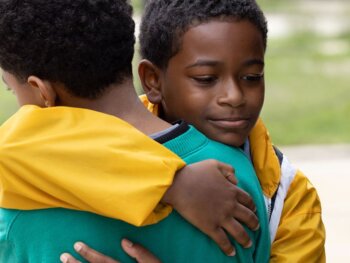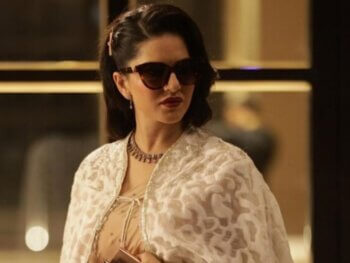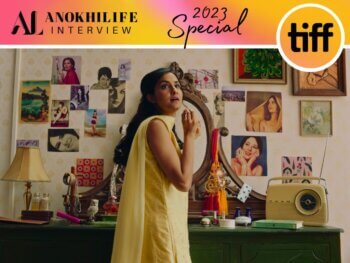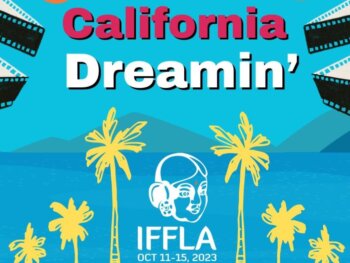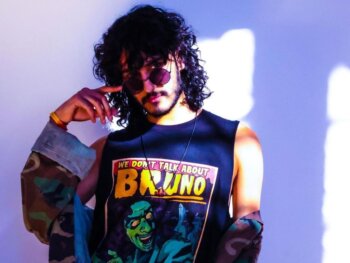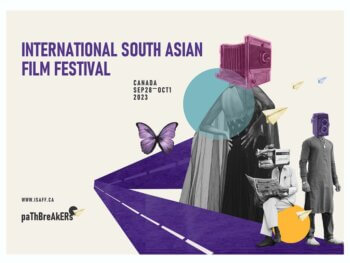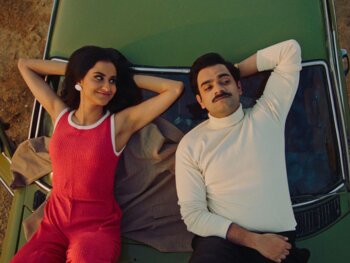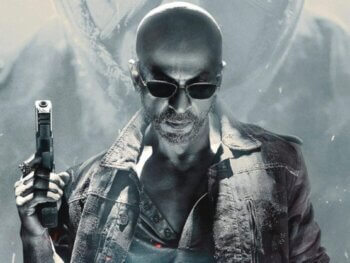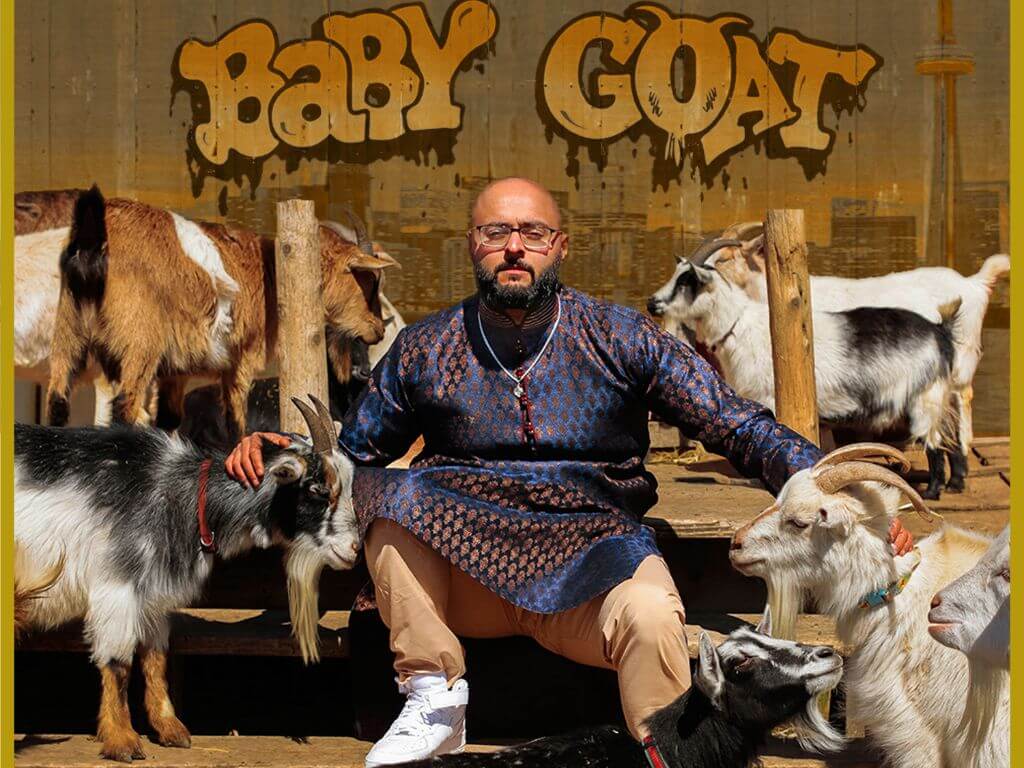
How Jesse “Punjabi Timbit” Singh Explores Emotional Healing Through His Comedy
Entertainment Jan 31, 2024
In our continuing coverage of red-hot South Asian comedic talent, Toronto’s Jesse Singh, aka, the Punjabi Timbit, spilled the iced coffee and shared with us: his origin story, the evolution of his comedy, his role models, academics and above all what drives his creativity.
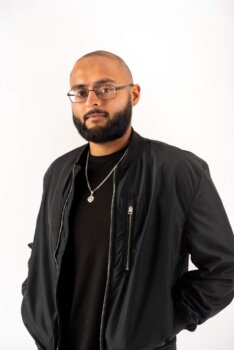
THE DESI CONNECTION
Meena Khan: What is your connection to South Asia?
Jesse Singh: I was born and raised in Toronto. My mom and dad were born in Ludhiana, Punjab. In my household, my first language that I learned was Punjabi.
MK: Growing up, what was your favourite South Asian meal?
JS: Aloo paratha and yoghurt was a staple for me. It is the one meal that brings me back to my childhood. It was a big thing as a kid, knowing that on the weekends in the mornings, that my mom was going to make that. We weren’t a family that always had dinner together but that was one meal where the household would come together. It’s always nostalgic.
CHILDHOOD: COMEDIC TALENT BORNE OF TOUGH MOMENTS
MK: In my research, I learned that at around the age of 8 you face faced a tough chapter. Could you share your thoughts on that time?
JS: At 8, my parents split. There was always a lot of tension in the house, emotional, physical abuse, but nothing that was prolonged after my childhood after the divorce.
MK: How did the family situation impact your comedic development?
JS: As a child comedy became more of a defense mechanism. I used humour and jokes as a mean to navigate life within my household. I knew that of someone was in a bad mood or upset, comedy was a way to break the tension, to ease people’s anger. If this person was upset, it was hard for me because I would be in a hostile environment. I (wanted) to lessen their tension so that I wouldn’t have to deal with the repercussions. I think that is where the comedy element started.
MK: Siblings pay an important role in our lives. What impact did your brother have on your life and comedy?
JS: At a young age, losing not in the literal sense, the relationship with a father, it becomes hard for a young man to find a positive role model. Seeing my brother taking on that father role, that was having a positive male role model. I think having my brother as that positive role model helped me to keep out of trouble and it also gave me the privilege to explore career opportunities that I was passionate about at the time.
EARLY INFLUENCES … WRESTLING AND SLAPSTICK
MK: As a child what was your comedic style, more physical or word play?
JS: As a kid it was more physical, more goofy. My older brother had to take on a lot of the father’s role, so he was out going to school, going to work, so I would play by myself and have these crazy wrestling matches. I probably destroyed so many of my stuffed animals because it was a lot of physical acting, and trying to mimic what you see on TV.
MK: How did your family react to your comedy?
JS: For my family, because of the language barrier at the time, I could speak Punjabi but telling a joke is a different skill set. You need to understand metaphors and there is a completely different sense of humour, so there was a lot of acting out, like crazy dancing.
MK: Aside from wrestling, looking back were there any comedians that you related to your physical comedy?
JS: I would see them (family) watch Mr. Bean who was huge when I was growing up. Mr. Bean was one of the first people I saw who was universally funny. He didn’t have to talk and everyone could relate to the story he was portraying.
MK: Would you say that Mr. Bean continued the physical comedy that was popularised by Charlie Chaplin?
JS: Definitely. Charlie Chaplin was the GOAT. He was the pioneer of physical humour and slapstick comedy. One thing that I love about Chaplin is that beyond the humour there was a lot more depth to him. There were heartfelt touching moments in his movies, and he would bring you back with the humour.
I loved Jim Carrey as well when I was growing up. He was so animated and the way he used his face, his body to portray humour and comedy, and that inspired me.
MK: Did you watch Hindi language films, and if so, did they influence your comedy while you were growing up?
JS: I remember watching Johnny Lever and he was the first desi comedian that I saw on TV that was genuinely hilarious. It wasn’t just what he was saying, it was his facial expressions, and over-the-top mannerisms.
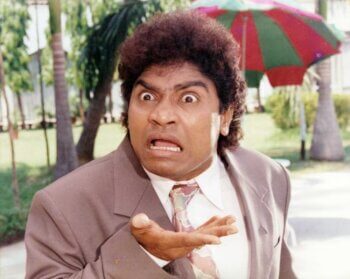
MK: You have cited comedians such as Dave Chappelle and Richard Pryor as having influenced you, but would you say that the physical comedy of Mr. Bean, Charlie Chaplin, Jim Carrey and Johnny Lever impacted your early comedic talent?
JS: I never thought about this until you asked the question. They were influences. Absolutely.
STUDYING TOWARDS STAND-UP
MK: Your comedy has now evolved to clever word play. How did your comedy develop from physical comedy to your current style?
JS: I never saw stand-up as real path to pursue until after I graduated from high school. In high school, I did a lot of sketch comedy with theatre and drama classes. A lot of it was very much the physical piece, a lot of exaggerations. The word play started to come in when I started to create my own sketches. For drama class we would create our own stories, our plays and people knew that and they would be excited to see it.
MK: Did comedy continue to be a defense mechanism in high school?
JS: Growing up in the neighbourhood that I did (Jane and Finch), you needed something, either you were the hard guy, the charmer who gets all the girls or the athletic guy. I fell back on being the funny dude. It got me out of certain situations. I remember one day guys were standing outside to rob the younger kids. It was like an initiation. I was walking home, they saw me and one of them was about to tap my pockets, and the guy behind them said, “Yo, leave that one alone, he’s pretty funny.” It was a glimmer. I didn’t know that jokes could save me.
MK: When did you fully embrace stand-up?
JS: The transition happened when my friends encouraged me to try stand-up. I was always a huge fan. I know that it’s cliché but I would go to bed seeing myself onstage. I would have dreams of myself performing. The word play piece came into play when I told myself, “Yes, I want to try this.”
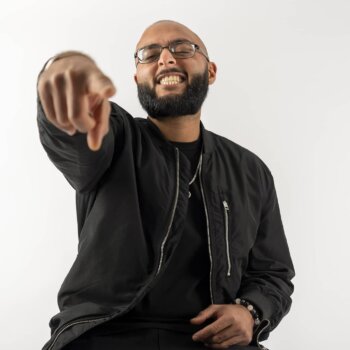
MK: How did you approach this type of comedy?
JS: I remember seeing Russell Peters on TV for the first time and watching my parents and uncle laughing. It was the first time seeing someone who looked like me and telling stories to which I can relate to. It wasn’t just Hindi or Punjabi oriented humour, it was humour of someone who is Indian, growing up in Canada and talking about his experiences. I saw them laugh; it was eye-opening for me because he was speaking English, but they still understood the jokes and the humour. After that I studied a lot of comedians, like George Carlin, Dave Chappelle, Chris Rock and Patrice O’Neal because I wanted to figure out how they would structure jokes, say punchlines, connect with the audience.
MK: What did you learn from your analysis?
JS: I think the reason why I hold Dave Chappelle and Patrice O’Neal in high regard is because they go against the status quo of set-up, punchline and then move onto the next joke. They were conversational and one thing that I love about them is that they tell a story, get you looped with the story, and they made you feel like you were sitting at the table having a conversation with these guys.
FROM COMEDIAN TO YOUTH WORKER – FOSTERING CHANGE
MK: In addition to being a rising comedian, you are a youth worker. What acadaemic path did you follow to develop this career?
JS: I finished a diploma in social work from Seneca College and an undergraduate degree in psychology from York.
MK: Why did you pursue a career as a youth worker?
JS: Growing up, I saw a lot of my peers, friends end up leading a lifestyle that they did not want because there weren’t the support systems in place. I always thought that if they had the resources in place, the opportunities, just to have a positive influence, how their lives’ trajectory could have changed. That was the main focus for the youth worker career.
MAJOR COMEDIC PROJECTS AND THE HEART OF THE ART
MK: In addition to stand-up and being a youth worker you have also starred in the short film, Tales from the Mandem (Jesse won the 2022 BIPOC Award for Best Actor) and released an album called Baby Goat? Was the creative process similar for both projects?
JS: The short film was spontaneous; it was never planned. Nowadays as an influencer creative, social media is a huge tool to get your name out, to gain a following. I was trying to get more active, so I made a sketch. It was supposed to be me telling a scary story, but a Toronto man’s version. My friend who is a filmmaker for TV saw it and he loved it. He wanted to turn it into a real production. I thought it was people always shooting ideas, but he was serious, and we ended making a short film out of one story. The goal of the film was that people could watch it and be like, “I know someone like that,” with the exaggerated effects and the horror, thriller undertone. I had seen Toronto man sketches and had never seen anything done like that.
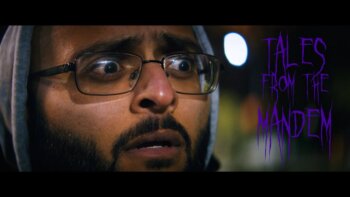
MK: How did your album Baby Goat come about?
JS: The album was an accumulation of material that I had perfected over the course of years of doing stand-up comedy. As a stand-up comedian, one thing that I found different from other genres is that when you see someone tell a joke live, it’s hard to have replay value because you already know the joke. If someone sees you live once, they won’t come to different shows because they know what to anticipate and the laughter will not be as strong. If you listen to an old song, you can still have the same feelings because it is nostalgic. A joke does not work like that, it is something that is alive until it is not. The album was something for me as much as it was to put out into the world. I wanted a collection of work that I created to be solidified, timeless. It was a way to archive my work and to reach new people.
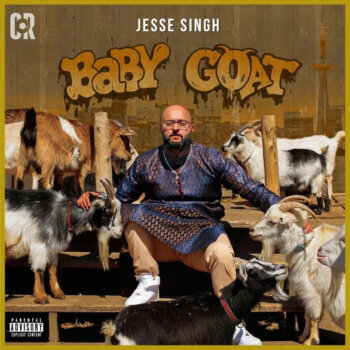
MK: In all of you years of doing stand-up is there special moment that makes you smile?
JS: One of the best compliments that I ever got was from the second show that I did for the album. An older woman, whom I had never seen before, had come by herself because she is a fan of comedy. She said that she laughed so hard at the jokes that I had told but more than that, she felt like she saw someone who did a lot of healing and growing through their journey. She wanted to say thank you. That was huge for me because it made me feel that it’s not just the comedy, it’s the human connection.
MK: Through your projects and stand-up, what is the heart of your art?
JS: It’s the same feeling that I got when I watched Pryor, O’Neal and Chappelle. I want them (the audience) to come to a show and not just laugh but walk away feeling as though they got to connect to someone. The biggest element that separates a great comedian versus someone who is funny is that the great comedian will make you laugh and you leave thinking about something.
Jesse’s experiences have shaped him to not only foster social change but to create art that touches people through the lens of humour. His talent demonstrates why the jester was indeed the wisest and most powerful person in a king’s court.
Main Image Photo Credit: Jesse Singh
Meena Khan | Features Editor - Beauty
Author
Meena (@meenalaregina) always loved the idea of exploring the non-conventional idea of beauty. Having grown up as a pimply chubby teenager, she wanted to see the change in the world that best reflected your uniqueness as well. Her well-received collection of blogs where she tries on various beauty p...






























































